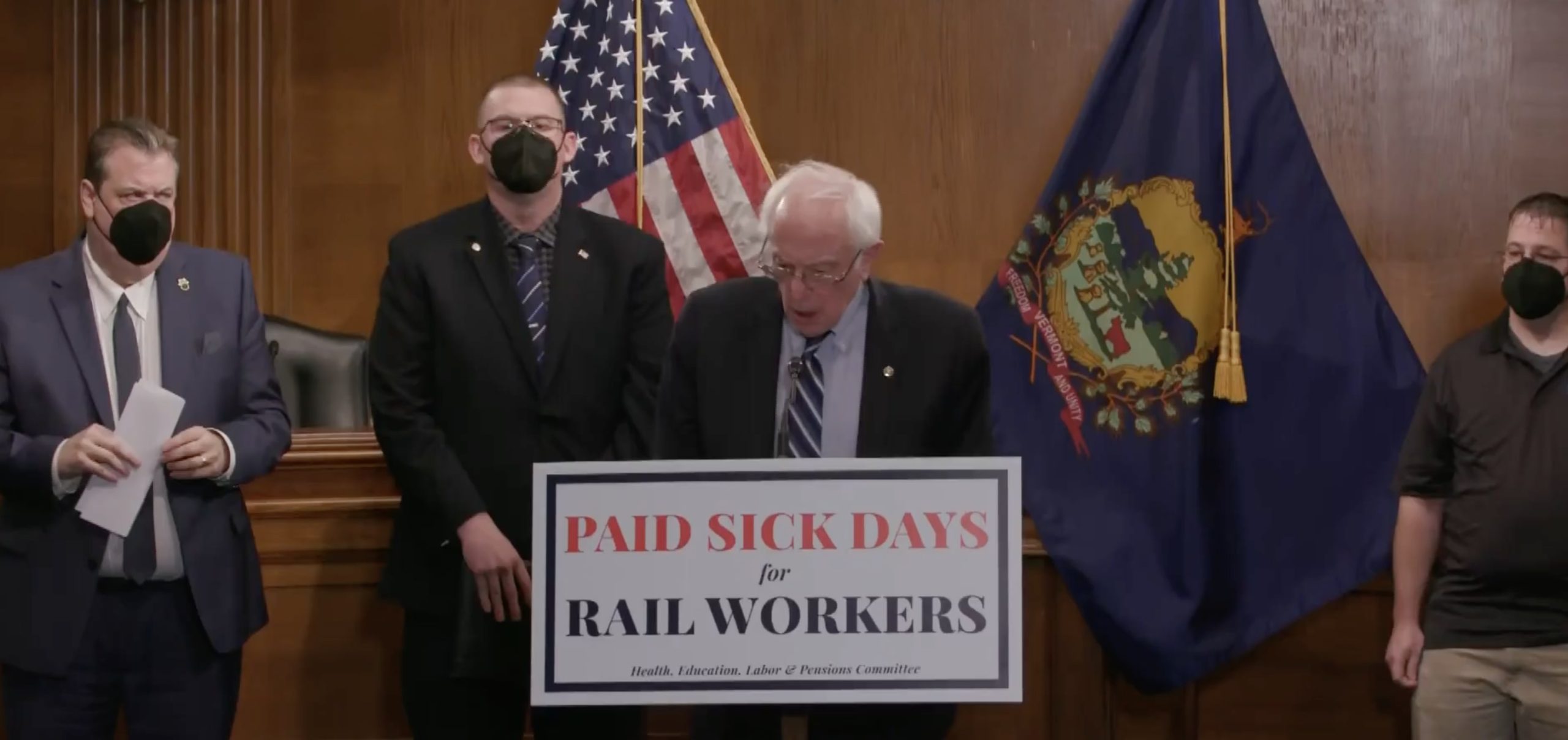Paid sick leave for rail workers in the US: where do we stand?

Negotiations between trade unions and some of the Class I railway companies in the United States significantly accelerated and brought some results over the last month. Five of the seven Class I companies have found agreements with multiple unions throughout this period.
The five active companies are Union Pacific, BNSF, CSX, Norfolk Southern, and Canadian National Railway. The remaining two, Canadian Pacific and Kansas City Southern, were busy finalising a merger that will create the Canadian Pacific Kansas City. Most of the deals were signed over the past four or five weeks. All the new collective agreements entail four days of paid sick leave and the possibility to convert three personal days into sick leave, for a total of seven paid sick days per year.
UP and NS have been the most active companies in implementing paid sick leave for some of their employees. Both companies reached a deal with nine of the 12 rail unions involved in the negotiations. BNSF comes in second, having reached an agreement with seven unions. CSX finalised paid sick leave implementation for five of the unions, while CN found common ground with three.
Rail workers VS US Government: a quick recap
Negotiations for a new collective agreement between the rail industry and the workers’ unions have started in 2019. Since September, however, the situation has precipitated and led to the US government blocking a nationwide strike. On 15 September, in fact, US President Joe Biden proposed a new agreement that included a 24 per cent wage increase over the next five years. On the other hand, the workers were asking for 15 days of paid sick leave per year.
Four unions out of twelve rejected Biden’s proposal and were threatening to go on indefinite strikes on 5 and 9 December. Negotiations kept on going poorly and a strike seemed behind the corner until US institutions intervened for the first time since 1991. The House of Representatives approved a bill to block the strike on 1 December. The very next day, the bill was signed off by the Senate and turned into law by President Biden.
Senator Bernie Sanders tried to intercede, submitting an amendment that included seven days of paid sick leave. The amendment was approved by the House but did not reach the majority needed in the Senate. In addition, in December, shareholders in two US railway companies demanded to implement paid sick leave as a standard perennial benefit. During a press conference last week, Senator Sanders said he had sent a letter to the major US rail companies urging them to implement paid sick leave. If the companies claim they cannot afford such a policy, Sanders is ready to summon them and testify in front of the US Senate.

The seven sisters are also working on improving safety
Other than providing workers with paid sick leave, the seven Class I railway companies in the United States are trying to implement better safety regulations. This initiative arose after a disastrous accident occurred in Ohio at the beginning of February. The accident led to hazardous materials being leaked from vaious containers and leaking in the ground and water nearby, causing fears for the health of the population in the area.
The Association of American Railroad announced earlier in March a set of seven new regulations for the Class I railway companies. The rules revolve around hot-bearing detectors, protecting employees who report unsafe working conditions, safer tank seals, and more first response training. However, some of the rules, such as the implementation of additional hot-bearing detectors, might be hard to implement because of staff shortages.
Also read:




